Photo
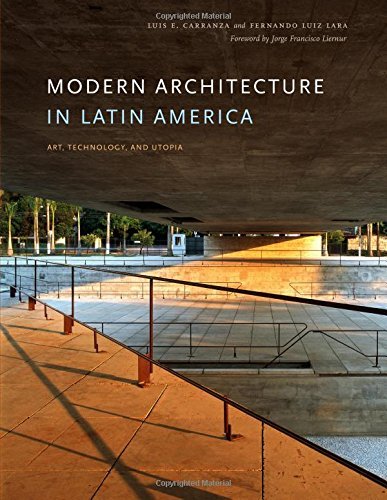
Modern Architecture in Latin America: Art, Technology, and Utopia (Joe R. and Teresa Lozano Long Series in Latin American and Latino Art and Culture)
Luis E. Carranza
Runner-up, University Co-op Robert W. Hamilton Book Award, 2015
Modern Architecture in Latin America: Art, Technology, and Utopia is an introductory text on the issues, polemics, and works that represent the complex processes of political, economic, and cultural modernization in the twentieth century. The number and types of projects varied greatly from country to country, but, as a whole, the region produced a significant body of architecture that has never before been presented in a single volume in any language. Modern Architecture in Latin America is the first comprehensive history of this important production.
Designed as a survey and focused on key examples/paradigms arranged chronologically from 1903 to 2003, this volume covers a myriad of countries; historical, social, and political conditions; and projects/developments that range from small houses to urban plans to architectural movements. The book is structured so that it can be read in a variety of ways—as a historically developed narrative of modern architecture in Latin America, as a country-specific chronology, or as a treatment of traditions centered on issues of art, technology, or utopia. This structure allows readers to see the development of multiple and parallel branches/historical strands of architecture and, at times, their interconnections across countries. The authors provide a critical evaluation of the movements presented in relationship to their overall goals and architectural transformations.
2 notes
·
View notes
Photo

Latin America in Construction: Architecture 1955–1980
This groundbreaking book explores postwar Latin American architecture during the dynamic years between 1955 and 1980--a period of extraordinary architectural creativity set against the backdrop of massive urbanization, nation-building, and political upheaval.
Key architects include Lina Bo Bardi, Luis Barragan, Félix Candela, Oscar Niemeyer, and Carlos Raul Villanueva, but the authors also significantly expand the cannon by including stellar--and often previously unpublished--work by lesser-known names such as Fernando Martínez Sanabria, Eladio Dieste and Jesús Tenreiro. The book is organized like an atlas, covering architecture in Argentina, Brazil, Chile, Colombia, Cuba, the Dominican Republic, Mexico, Peru, Puerto Rico, Uruguay, and Venezuela.
Across the region, unprecedented urbanization and modernization during these key years created an urgent need for new buildings, particularly for educational, residential and public spaces. University campuses proved especially conducive for architectural creativity, and the book provides documentation on the design of educational complexes, notably Carlos Raúl Villanueva’s Universidad Central de Venezuela in Caracas and UNAM in Mexico City. Multiple experiments to improve housing include stunning projects such as PREVI (Projecto Experimental de Vivienda) housing experiment in Lima, Peru, and Lina Bo Bardi's work in São Paulo and Salvador. Other highlights include Clorindo Testa’s Banco de Londres in Buenos Aires, Rogelio Salmona's Torres del Parque in Bogotá, and, of course, the creation of the planned city of Brasília.
Throughout, the authors set the work in dialogue with Le Corbusier’s modernism and Brutalism, as well as with the political ideologies of the time, notably Developmentalism. Together, the material challenges the widely accepted notion of Latin America as a testing ground for innovations developed in Europe and the United States, and brings to light the high quality and radical originality of architecture and urban planning in this vast and complex region.
Published in conjunction with a major exhibition at The Museum of Modern Art, New York, Latin America in Construction is edited by Barry Bergdoll, Curator, and Patricio del Real, Curatorial Assistant, Department of Architecture and Design, MoMA; Jorge Francisco Liernur, Universidad Torcuato di Tella, Buenos Aires, Argentina; and Carlos Eduardo Comas, Universidade Federal do Rio Grande do Sul, Porto Alegre, Brazil; and includes essays by over a dozen experts in the field. The 320-page book includes some 500 reproductions, providing a rich collection of visual resources on Latin American architecture, ranging from archival photographs, ephemera, drawings, models, and construction documents to striking contemporary color photographs of key buildings by the accomplished Brazilian architectural photographer Leonardo Finotti.
Readers of Latin America in Construction will be stunned by the sheer quantity of extraordinary buildings, the breathtaking speed of urban transformation and the enormous variety of architectural innovation.
2 notes
·
View notes
Photo

Radical Cities: Across Latin America in Search of a New Architecture
Justin McGuirk
What makes the city of the future? How do you heal a divided city?
In Radical Cities, Justin McGuirk travels across Latin America in search of the activist architects, maverick politicians and alternative communities already answering these questions. From Brazil to Venezuela, and from Mexico to Argentina, McGuirk discovers the people and ideas shaping the way cities are evolving.
Ever since the mid twentieth century, when the dream of modernist utopia went to Latin America to die, the continent has been a testing ground for exciting new conceptions of the city. An architect in Chile has designed a form of social housing where only half of the house is built, allowing the owners to adapt the rest; Medellín, formerly the world’s murder capital, has been transformed with innovative public architecture; squatters in Caracas have taken over the forty-five-story Torre David skyscraper; and Rio is on a mission to incorporate its favelas into the rest of the city.
Here, in the most urbanised continent on the planet, extreme cities have bred extreme conditions, from vast housing estates to sprawling slums. But after decades of social and political failure, a new generation has revitalised architecture and urban design in order to address persistent poverty and inequality. Together, these activists, pragmatists and social idealists are performing bold experiments that the rest of the world may learn from.
Radical Cities is a colorful journey through Latin America—a crucible of architectural and urban innovation.
From the Hardcover edition.
1 note
·
View note
Photo
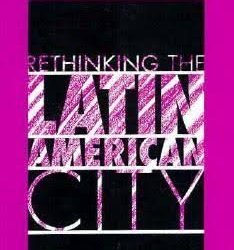
Rethinking the Latin American City (Woodrow Wilson Center Press)
Contributors from city management, philosophy, architecture, history, and law present ideas about how scholarship on Latin American cities must be and can be rebuilt from the fundamentals up, to reflect the intentions, voices, and forms of association of the poor, who, as a group, determine a city's destiny. Distributed by Johns Hopkins U. Press. Annotation copyright Book News, Inc. Portland, Or.
0 notes
Photo
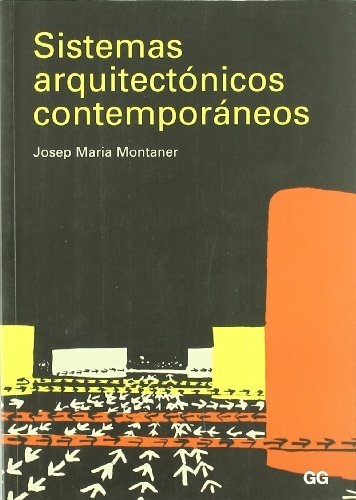
Sistemas arquitectónicos contemporáneos [Paperback] [Apr 17, 2008] Montaner, Josep maria
MONTANER
BOOKS IN SPANISH
0 notes
Photo
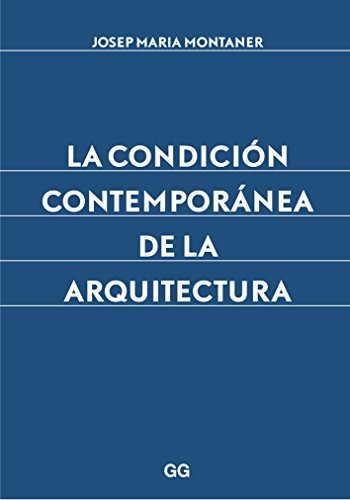
La condición contemporánea de la arquitectura
Josep Maria Montaner
Rare book
0 notes
Photo
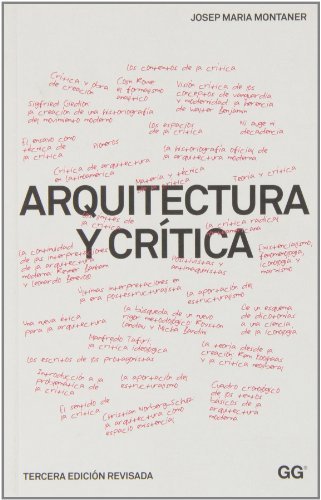
Arquitectura y crítica
Josep Maria Montaner
Brand New. Ship worldwide
0 notes
Photo

Del diagrama a las experiencias, hacia una arquitectura de la acción
MONTANER
Brand New. Ship worldwide
0 notes
Photo
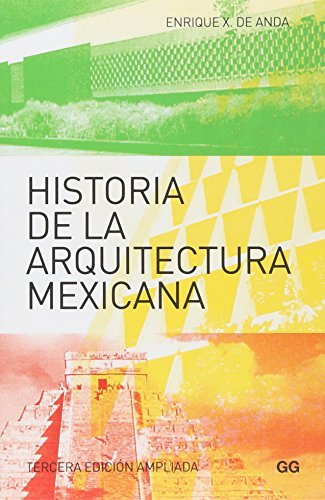
Historia de la arquitectura mexicana
Enrique X. De Anda
Brand New. Ship worldwide
0 notes
Photo
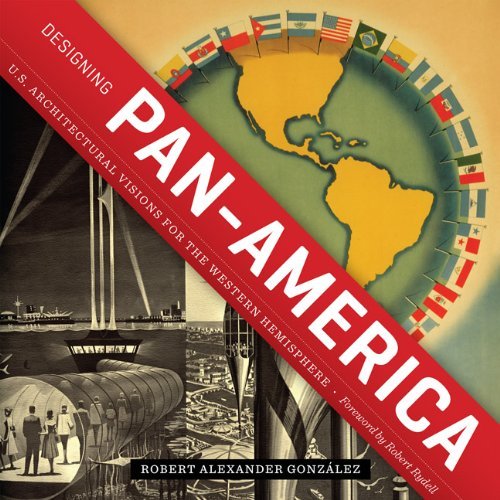
Designing Pan-America: U.S. Architectural Visions for the Western Hemisphere (Roger Fullington Series in Architecture)
Robert Alexander González
Late in the nineteenth century, U.S. commercial and political interests began eyeing the countries of Latin America as plantations, farms, and mines to be accessed by new shipping lines and railroads. As their desire to dominate commerce and trade in the Western Hemisphere grew, these U.S. interests promoted the concept of "Pan-Americanism" to link the United States and Latin America and called on U.S. architects to help set the stage for Pan-Americanism's development. Through international expositions, monuments, and institution building, U.S. architects translated the concept of a united Pan-American sensibility into architectural or built form. In the process, they also constructed an artificial ideological identity—a fictional Pan-America peopled with imaginary Pan-American citizens, the hemispheric loyalists who would support these projects and who were the presumed benefactors of this presumed architecture of unification.
Designing Pan-America presents the first examination of the architectural expressions of Pan-Americanism. Concentrating on U.S. architects and their clients, Robert Alexander González demonstrates how they proposed designs reflecting U.S. presumptions and projections about the relationship between the United States and Latin America. This forgotten chapter of American architecture unfolds over the course of a number of international expositions, ranging from the North, Central, and South American Exposition of 1885–1886 in New Orleans to Miami's unrealized Interama fair and San Antonio's HemisFair '68 and encompassing the Pan American Union headquarters building in Washington, D.C. and the creation of the Columbus Memorial Lighthouse in the Dominican Republic.
0 notes
Photo

Why Urban Geographies Matter: Exploring the Spaces of the City
Allan Cochrane
Making sense of the urban experience has long occupied social scientists, but it is a challenge of growing importance as the global urban population continues to grow. Within the context of this increasingly urbanized world, this book shows why and how geography matters in understanding cities and the ways in which people live in them. Engaging directly with some of the key debates in urban studies and drawing on the insights of contemporary geographical thinking and research, Allan Cochrane brings together theory and real-world examples. Written by a highly experienced and respected scholar and addressing global and comparative dimensions of urbanization, Why Urban Geographies Matter will be a valuable resource for teachers and students of urban geography and planning.
0 notes
Photo

Monotown: Urban Dreams Brutal Imperatives
Clayton Strange
Monotown: Urban Dreams Brutal Imperatives examines the post-industrial transformation and transnational legacy of planned single-industry towns that emerged as a distinctive sociopolitical project of urbanization in the Soviet Union during the 1920s. Monotowns took form through the teleological establishment of industrial enterprises strewn across remote parts of the Siberian hinterland and entailed the relocation of vast populations requiring services, housing, and social and physical infrastructure, all linked to a given town's productive apparatus. Today, having outlasted the political and economic systems that made them viable, many have become shrinking towns with graying populations and obsolete enterprises, even as they are subjected to considerable national investment and commanded to grow in order to catalyze their respective regions. Given this implied imperative for transformation, the work goes on to explore the largely overlooked legacy of the Monotown as a model of urbanization that was deployed upon remote geographies of China and India through Soviet-aided industrial development projects. By exploring the etymology of the Monotown over time in this expanded field, the work establishes a broader yet more specific dialogue about this model's complex legacy and future.
0 notes
Photo
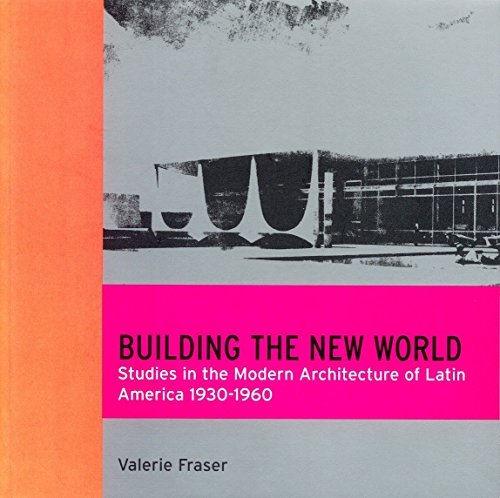
Building the New World: Modern Architecture in Latin America
Valerie Fraser
The period between 1930 and 1960 in particular saw a dramatic upsurge in Latin American modern architecture as the various governments strove to make public their modernising intentions. After 1960, however, the year in which Brasilia was inaugurated, economic growth in the region slowed and the modernist project faltered. The English-speaking world, which had previously admired Latin American buildings, began to write them out of the history of twentieth-century architecture. Building the New World attempts to redress the balance. It surveys the most important examples of state-funded modernism in Latin America during a period of almost unimaginable optimism, when politicians and architects such as Pani, Costa, Reidy and Niemeyer sought ways, literally, to build their societies out of underdevelopment.
0 notes
Photo
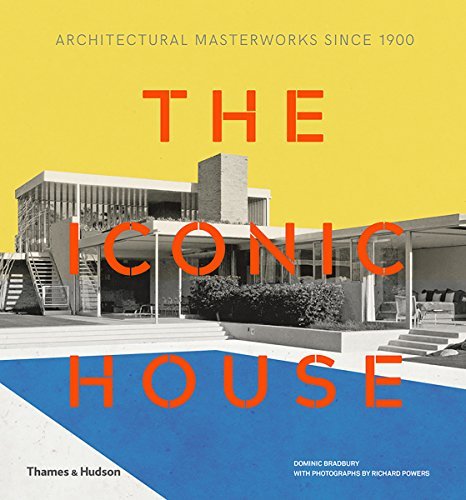
The Iconic House: Architectural Masterworks Since 1900
Dominic Bradbury
Now available in an updated edition and attractive new format, this essential book on modern architecture presents over one hundred of the most significant houses of the past hundred years.
The Iconic House features over one hundred of the most important and influential houses designed and built since 1900. With seminal works by Le Corbusier, Frank Lloyd Wright, and Mies van der Rohe, as well as modern-day greats like Tadao Ando, Rem Koolhaas, and Herzog & de Meuron, this book brings to life a stunning array of architectural masterpieces.
Wide-ranging in both geographical scope and artistic style, the houses share an appreciation of local materials and building traditions and a careful understanding of clients’ needs. Each house, however, is the result of a unique approach that makes it groundbreaking for its time. Now, fully updated, the book features iconic houses recently constructed, as well as concise, informative texts, specially commissioned photographs, floor plans, and drawings. The Iconic House remains an ideal overview of contemporary architects and architecture, for design-lovers and professionals alike. c. 660 illustrations, 580 in color
0 notes
Photo
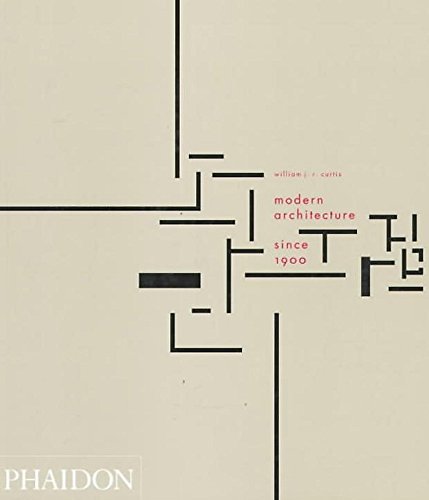
Modern Architecture Since 1900
William J.R. Curtis
This work on 20th-century architecture combines a clear general outline with analysis and interpretation of particular buildings. While technical, economic, social and intellectual developments are fully treated, the final emphasis is on individuals and on the qualities that give buildings their lasting value.
0 notes
Photo
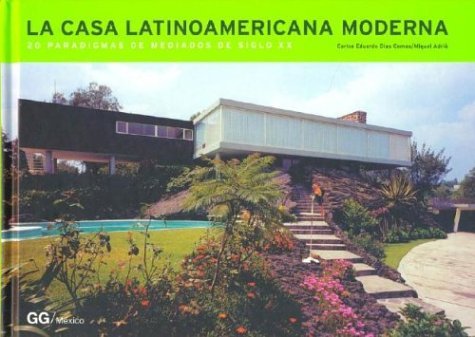
La Casa Latinoamericana Moderna: 20 Paradigmas de Mediados de Siglo XX (Spanish Edition)
Miquel Adria
0 notes
Photo
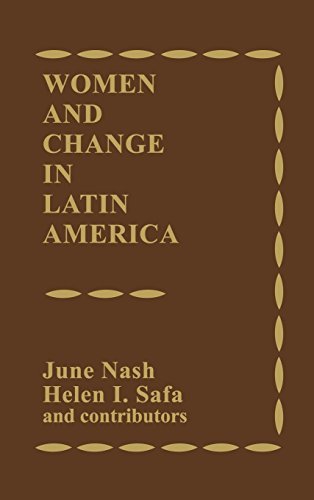
Women and Change in Latin America: New Directions in Sex and Class
June Nash
A fine collection . . . this is a volume every person with interests in the social sciences and/or Latin America should read. American Anthropologist
Outlines in impressive detail the dimensions of women's powerlessness and shows the rich array of strategies women use to survive the oppression of their daily lives. Women's Review of Books
0 notes